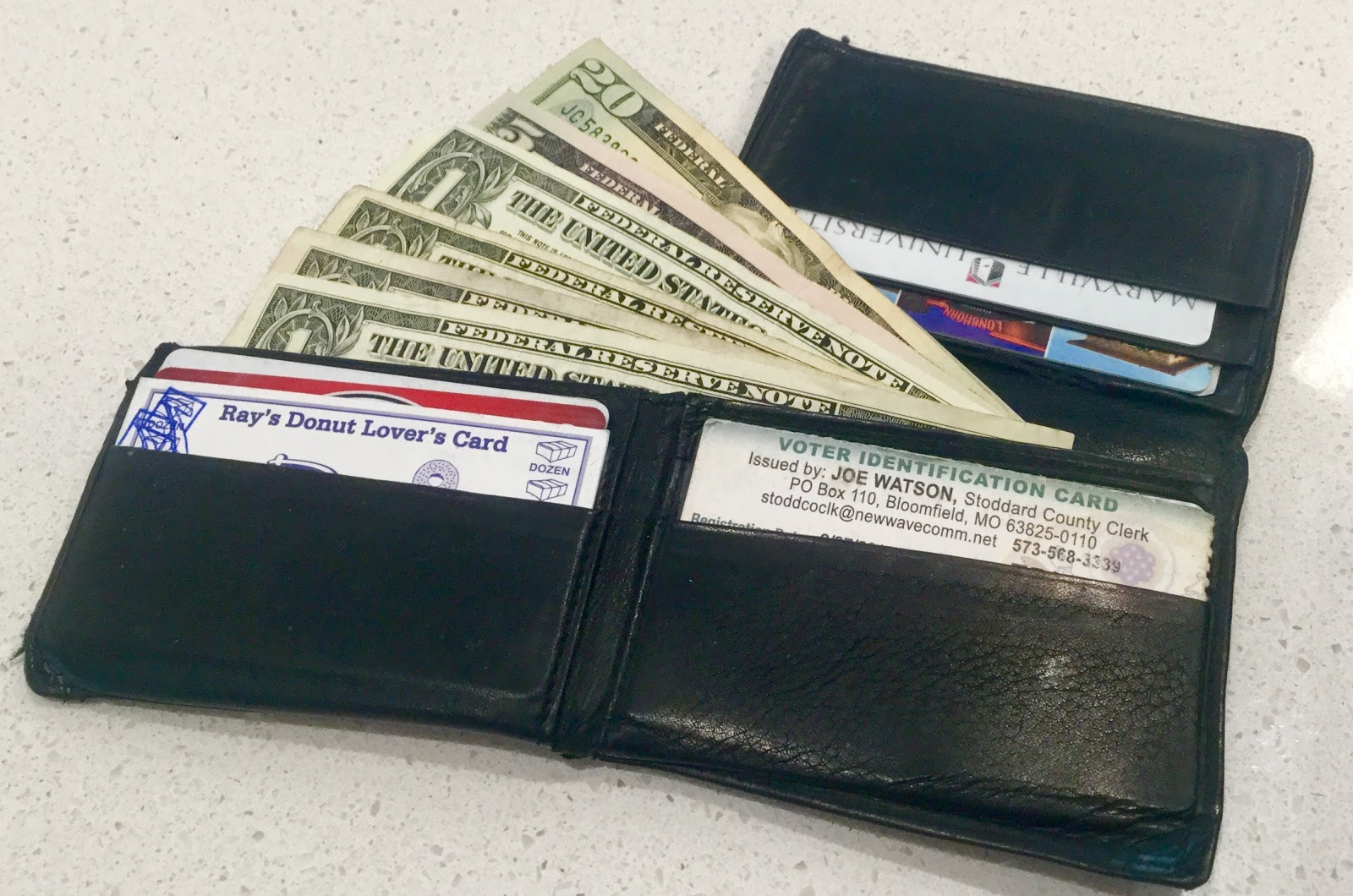

All Gifs courtesy of Popkey
Student debt reached an all-time high in December 2016 with over $1.4 trillion owed, according to the Federal Reserve.

This outpaces the nation’s current level of credit card debt by over $2 billion. The volume of this debt held by students is massive, and it could have huge implications on how the future of the U.S. economy will look. Everything from home purchases to buying new cars and even saving for retirement will be affected by this behemoth liability.
One of the reasons student loan debt has soared to this new peak is the rapidly rising cost of college. When including the cost of room and board, the cost of college since the mid 80s has increased around 2.73 percent for four-year public universities and 2.5 percent per year for four-year private universities like Maryville every year on average. This growth rate includes inflation in the calculation, so that growth is in excess of the inflation we saw during that year. This growth in college costs have increased the nominal (without including the effects of inflation) cost of going to college by over 1120 percent. This unprecedented growth has outpaced the cost of healthcare, food and housing.
We have already begun to see what affect this massive amount of student debt is having on our economy. According to a study conducted by the Federal Reserve in 2015, homeownership rates declined five percent between 2005 and 2014. The largest segment of the population who weren’t buying homes were young households. The rate of decline among households between the ages of 24 and 32 decreased by nine percent. This is by far the largest decrease by any segment of the population that the U.S. has seen since the data has been tracked.
Claire Anglo, senior accounting and financial services major, conducted a research project about the impact on student loan debt on retirement savings and the economy as a whole.
According to Anglo, student loan debt is affecting how young people are deciding to live. “They’re living at home with their parents longer, not getting a mortgage, which hurts the economy, they’re not spending as much,” Anglo said.
This can have an adverse effect on the residential housing industry which contributes to about three to five percent of the U.S.’s GDP. If these current residential trends of student loan debt continue, the housing market could see another collapse similar to the 2008 recession.
Another area that student loan debt could negatively affect the economy is through the auto industry which consists of about three to five percent of GDP. One of the primary means of acquiring a car for much of the population is to borrow money in order to get the car. This too is being impacted by student loan debt.
Anglo said about mortgages and auto loans, “A lot of people, based on my research, are not interested in getting more debt because there are many people $50,000 plus in student loan debt they have to pay off. So they don’t want to add on another $150,000 for a mortgage. Or even a $10,000 car loan because of that $50,000 student loan debt they have to pay off.”
Retirement and savings accounts are also being affected by student loan debt. “If you look, there’s research that shows that people who just come right out of college and start working, they’re not taking advantage of the opportunities their companies are providing like matching of the 401k because they’d rather pay off their student loan debt first,” Anglo said.
This could force these borrowers to retire later. Anglo said, “They’re losing out on a whole bunch of savings from their retirement so they’ll retire later or they won’t have enough to retire at 65.”
The amount of student loan debt could also decrease the saving habits of borrowers. “Savings in general are decreasing. That could negatively impact the stock market and bond market because there’ll be less money flowing in from the people in their early to mid-20s to mid-30s,” Anglo said.
Anglo offered some advice to anyone who has student loan debt, saying, “Make sure you understand the student loan you have, that will affect possible things going forward. Know the interest rate, know if you can defer it. The biggest thing is to try to save as much as you can out of college.”
Sources: The Federal Reserve (here and here), We Are Hope Inc. and Trends.CollegeBoard.org.






